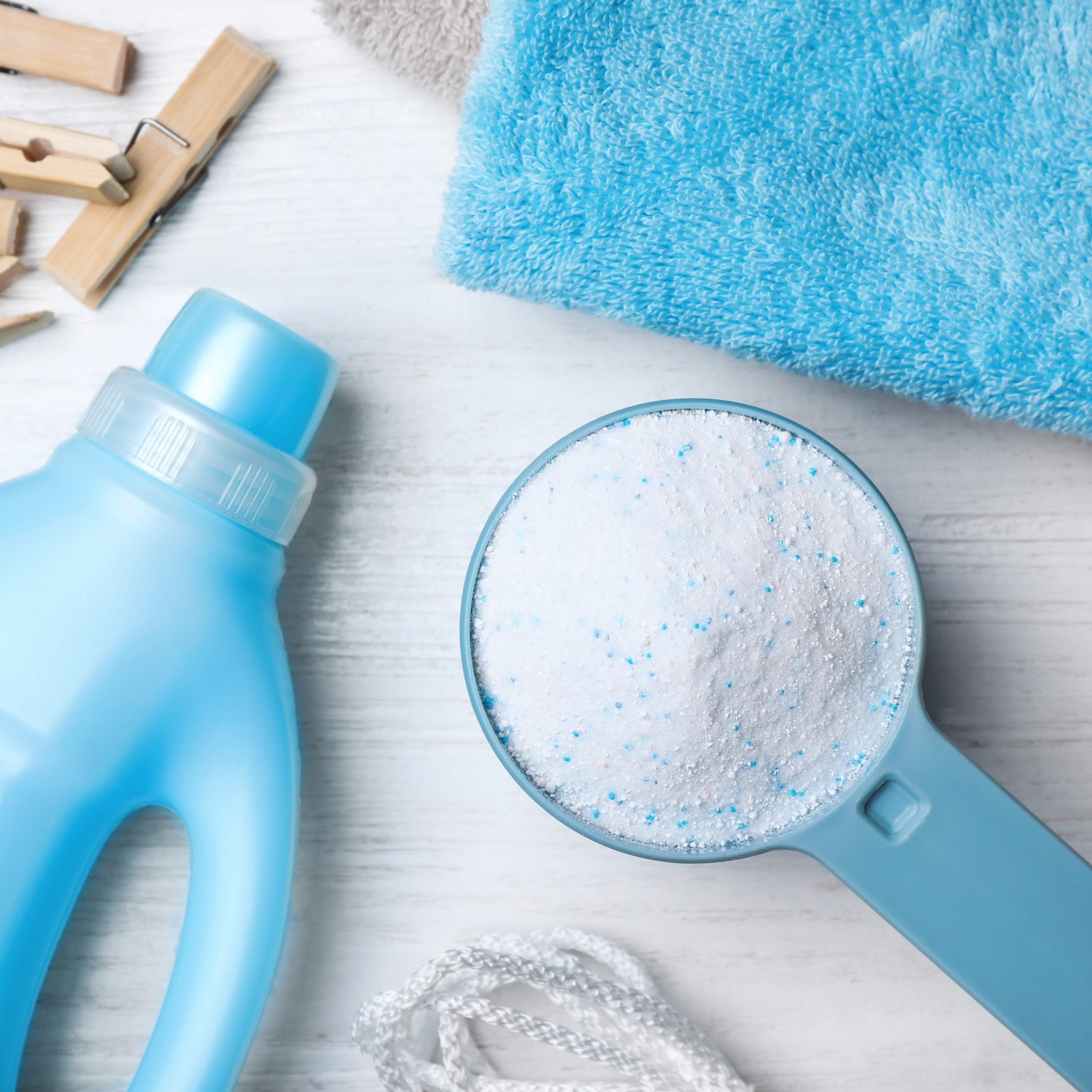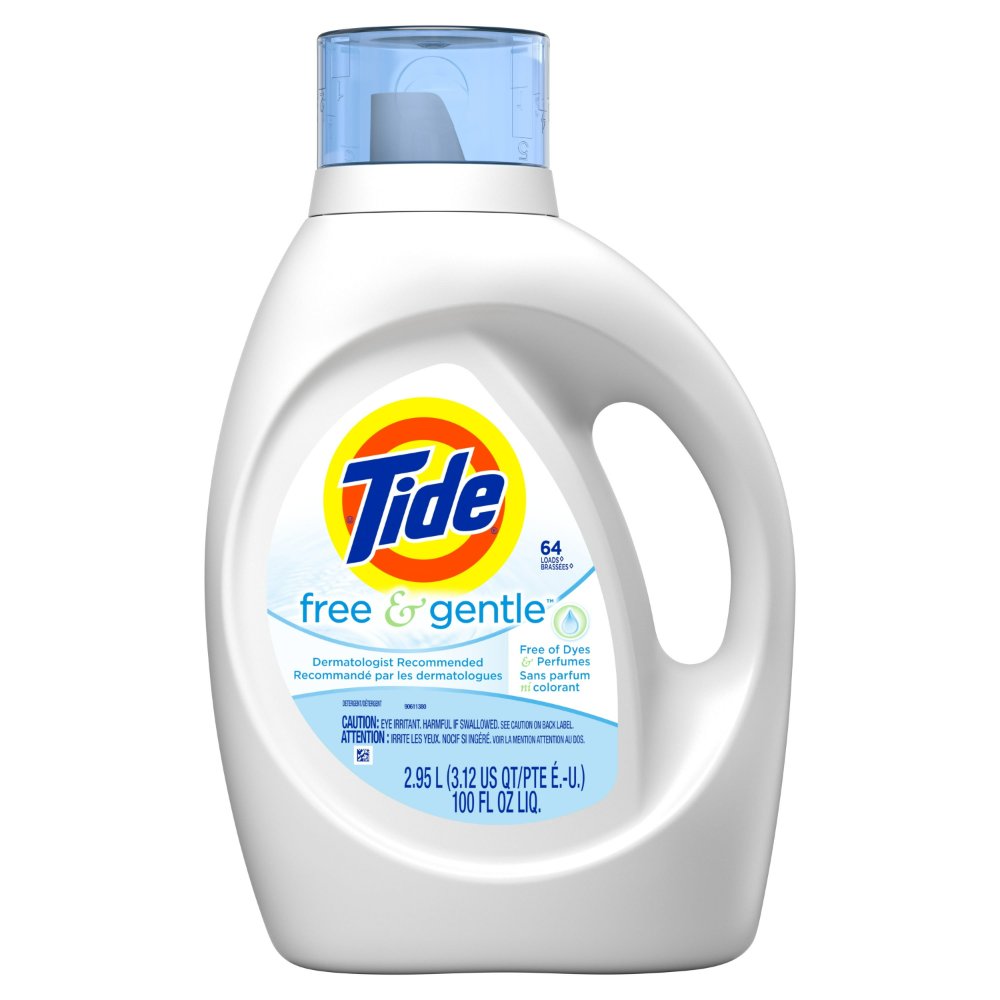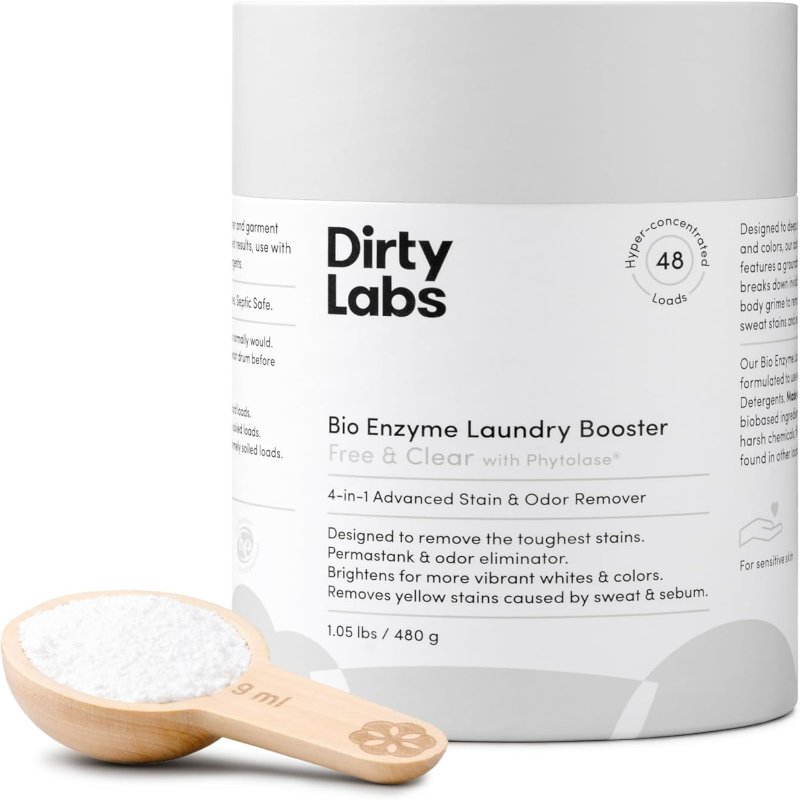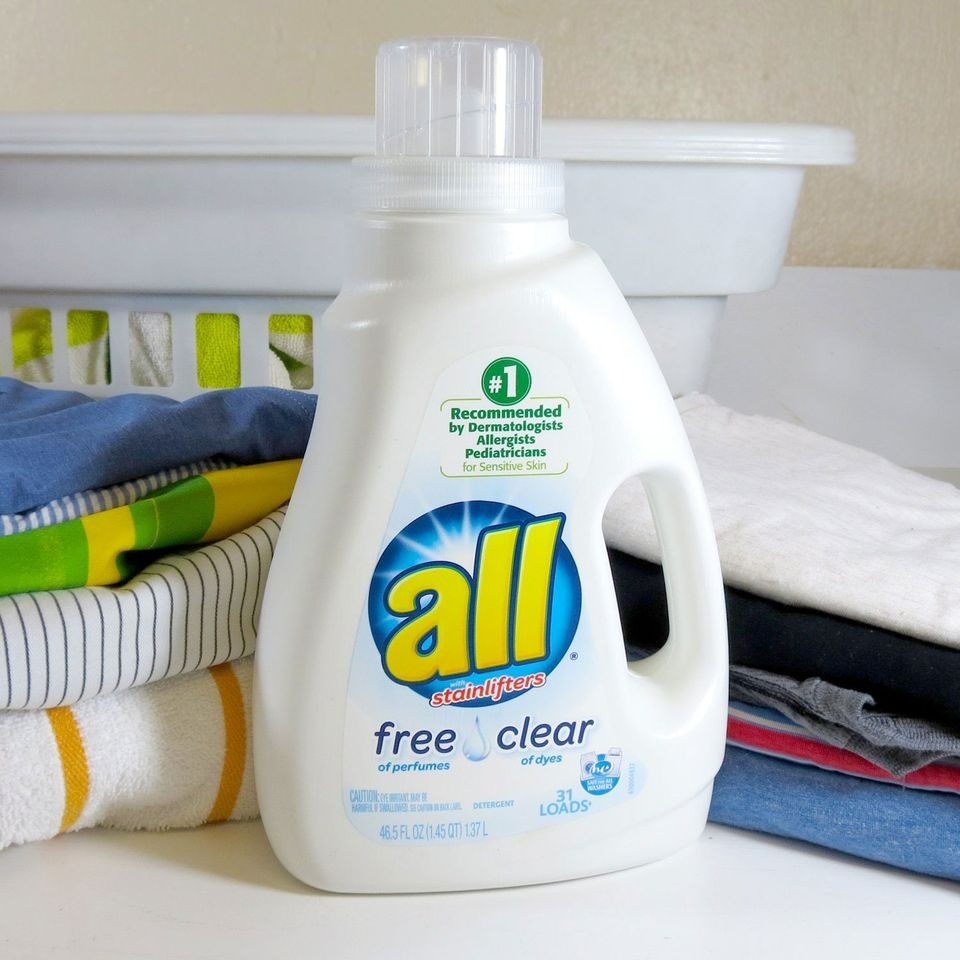Essential Guide to Detergent Placement in Washing Machines
Knowing where to put laundry detergent in your washing machine is crucial for clean clothes. Proper detergent placement is important for achieving optimal cleaning results and ensuring the longevity of both your garments and washing machine. This essential guide will delve into the various aspects of detergent placement, covering types of detergents, washing machine compartments, and practical tips for effective laundry care.
Understanding Your Washing Machine Drawer
Front-loading and top-loading washing machines usually have a drawer with clearly marked compartments. These include sections for the main wash, pre-wash, and fabric softener. They help distribute each product at the right time in the wash cycle. It’s important to use these compartments correctly to avoid waste and ensure thorough cleaning. Understanding how detergent placement affects laundry performance is essential for maintaining the cleanliness of your clothes and the efficiency of your washing machine.
Decoding Common Washing Machine Symbols
The washing machine drawer has symbols to guide you on where to place each detergent type. The “II” or main wash symbol indicates the compartment for your primary detergent. The “I” or pre-wash symbol is for detergent used in pre-washing heavily soiled items. Lastly, the flower symbol marks the fabric softener compartment. Recognizing these symbols helps prevent any mix-ups during your laundry routine and contributes to better washing results.

Strategic Placement of Liquid Laundry Detergent
Understanding where to put laundry detergent in your washing machine maximizes cleaning efficiency. Liquid laundry detergent placement varies but plays a crucial role in achieving spotless laundry.
Benefits of Adding Directly to the Drum
Adding liquid laundry detergent directly to the drum offers several advantages:
- Improved Detergent Distribution: Direct placement ensures the detergent spreads evenly across the clothes.
- Immediate Action: The detergent begins to work as soon as the wash cycle starts, targeting dirt and stains effectively.
- Prevents Waste: This method avoids detergent residue left in dispensers or drawers.
Potential Drawbacks of Placement in Detergent Drawers
While commonly used, placing detergent in drawers has some disadvantages:
- Delayed Activation: Detergent from drawers sometimes enters the wash late, reducing effectiveness.
- Potential for Residue: Detergent can get trapped in the drawer, leading to buildup and less efficient cleaning.
- Uneven Distribution: It can result in inconsistent detergent distribution, affecting cleaning outcomes.
By considering these factors, you can choose the best method for adding liquid laundry detergent to ensure cleaner, fresher clothes.
Effective Use of Washing Powders
Using washing powder correctly is key for clean laundry.
Recommended Practices for Powder Detergent
To use powder detergent effectively:
- Put it in the main wash compartment, often marked ‘II’.
- Measure the right amount with a scoop or cap.
- Don’t overfill, to prevent waste and residue.
Check your machine’s manual.
Some suggest specific placements for different cycles.
Comparisons with Liquid Detergent Placement
Comparing powder to liquid detergent:
- Powder often goes in the drawer; liquid can go in the drum.
- Powder requires careful measuring; liquid might need less precision.
- Powder works well for general loads; liquid is good for specific stains.
Remember, use the right detergent type for your laundry needs.
It can make a big difference in cleaning effectiveness.

Correct Placement of Fabric Softeners
Enhancing your laundry with fabric softener requires correct placement. Learn where and when to add it for soft, static-free clothes.
Timing and Importance of Fabric Softener Addition
Fabric softener is your final touch for comfort. Just add it to the flower symbol compartment. It releases late in the wash, during the final rinse. This seals in softness and stops static cling.
Too much softener can mark clothes. Stick to the recommended dose. It will ensure fabric feels soft and smells fresh.
Common Misconceptions about Fabric Softener Use
Some people fill fabric softener to the top. But that’s a myth and it’s wrong. Overuse doesn’t increase effects and may harm fabrics.
It’s also wrong to add fabric softener with detergent. They are meant for separate wash stages. Fabric softener should only be added at the designated time.
The Role of Pre-Wash Cycles in Detergent Placement
Pre-wash cycles have a special role in laundry care. They prepare clothes for the main wash. Adding detergent to the pre-wash compartment targets tough stains early on.
Specifics of Detergent Use in Pre-Wash
In the pre-wash cycle, add detergent to the compartment marked ‘I’ or ‘pre-wash’. Use less detergent than the main wash. It loosens dirt and stains before the main cycle begins. It’s an extra step for very dirty clothes.
When It’s Necessary to Use a Pre-Wash Cycle
Use a pre-wash cycle for heavily soiled items. This includes clothes with mud, food, or grease. It’s also good for washing reusable diapers or very smelly workout gear. Pre-washing can help avoid multiple washes.

Maximizing Efficiency with Detergent Types
Choosing the right type of laundry detergent can greatly impact the effectiveness of your wash. Here, we explore the benefits and considerations of liquid detergents, powder, and pods to help you make the best choice for your laundry needs.
Choosing Between Liquid, Powder, and Pods
Each type of detergent has its own advantages:
- Liquid Detergent: It dissolves easily and is excellent for treating stains directly. Ideal for cold washes.
- Powder Detergent: Often more economical, it works well for general loads and is effective in high temperatures.
- Laundry Pods: Conveniently pre-measured, they reduce the chances of using too much detergent and provide an all-in-one solution (detergent, stain remover, and fabric softener).
Consider your laundry habits, the types of clothes you wash, and your washing machine model when deciding which detergent works best for you.
Understanding Detergent Dosage and Effects on Laundry Quality
Using the correct amount of detergent is crucial for optimal laundry results:
- Under-dosing can leave clothes looking dingy and not properly clean.
- Over-dosing may result in residue on clothes and in the machine, potentially causing skin irritations and wear on the machine.
Follow the manufacturer’s guidelines on detergent dosage, taking into account the load size, soil level of the clothes, and water hardness in your area.
Balanced detergent usage enhances the cleaning power, preserves fabric quality, and extends the life of your clothes and washing machine. By understanding these key factors, you can achieve not just clean but well-cared-for laundry every time.
Tips for Maintaining and Cleaning Detergent Drawers
Proper upkeep of detergent drawers is key. It prevents build-up and keeps your machine running well.
Routine Maintenance for Optimal Machine Performance
To keep detergent drawers in top shape:
- Remove and Clean Regularly: Take out the drawer monthly; wash it with warm, soapy water.
- Dry Completely: Dry the drawer before putting it back to stop mold and odors.
- Check for Blockages: Look for clogs in the dispensing holes; clear them with a toothbrush or similar tool.
- Use the Right Amount of Detergent: This cuts back on residue and ensures your laundry is clean.
Following these steps will help maintain machine performance for better laundry results.
Avoiding Common Placement Errors
To avoid mishaps with detergent placement:
- Read the Manual: Know your machine’s specifics for correct detergent use.
- Mark Compartment Functions: Use labels or markers if symbols have faded.
- Avoid Mixing Detergents: Keep powder and liquid detergents separate; don’t mix them in one compartment.
By steering clear of these errors, you’ll ensure that detergents work effectively and your clothes come out clean.
